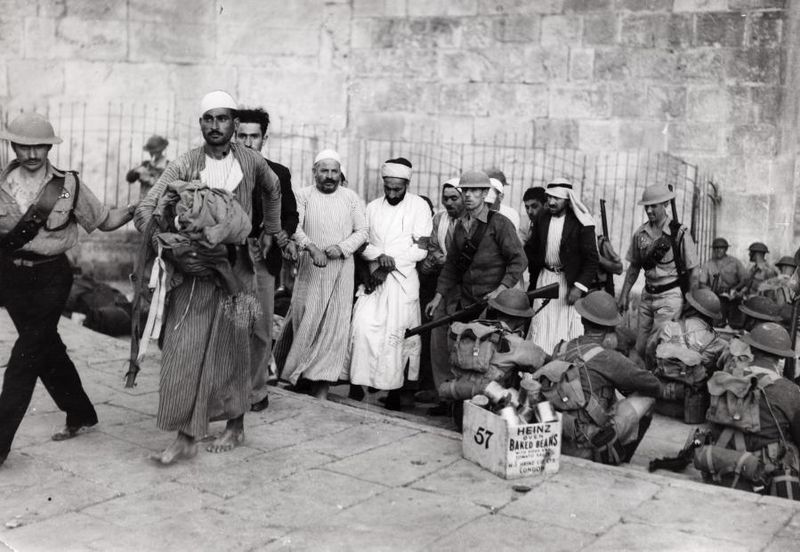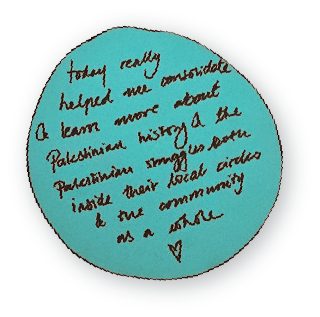1936-1939 Revolt

The 1936-1939 Revolt, sometimes called the “Great Revolt”, was a nationalist uprising by Palestinians living in British Mandate Palestine, against both British colonial rule and ongoing Zionist settlement.1 In the early 1930s before the Revolt, plans to turn Palestine into a Jewish national home were starting to quickly and visibly take shape. Despite the protests in 1933 against the British policy regarding Jewish immigration, more Jewish immigrants entered Palestine from 1933 to 1935 than all the previous years of the British Mandate. The revolt finally began in 1936 when the British House of Commons made it clear that they would not stop Jewish immigration and would instead continue to move forward with their plans to convert Palestine to a Jewish national home.2
The demands of the revolt were for Palestinian nationalist independence and to oppose mass Jewish immigration to Palestine permitted by the British. Crucially, British colonial rule and the Zionist project were seen as closely linked. The revolt happened in primarily two phases. The first phase focused on political protests and strikes led by the Palestinian urban elite under the Arab Higher Committee. The second phase was an armed peasant-led resistance movement. Notably, the rebellion also involved a general strike lasting for around six months. According to some historians, this was one of the longest sustained strikes in modern history. It inspired protests elsewhere in the Arab world against European colonial rule and Zionism.
Although the British pledged to restrict Jewish immigration, they reneged on this commitment, using the pledge as a tactic to pacify the revolt.3 They violently and systematically suppressed the movement through killings and imprisonment, exiling key Palestinian political leaders, disbanding the Arab Higher Committee, and establishing British military courts.4 Many historians point to the revolt as a key turning point in modern Palestinian history, as the decimation of their political society through repression left Palestinians profoundly vulnerable in the face of the quickly-developing Zionist project, culminating in the establishment of Israel in 1948.
References
The 1936-39 Revolt in Palestine, originally published by the Committee for a Democratic Palestine, details the events surrounding the revolt: https://www.marxists.org/archive/kanafani/1972/revolt.htm
In Memories of Revolt: The 1936-1939 Rebellion and the Palestinian National Past, Ted Swedenburg explores the complex (and sometimes contradictory) ways in which individual and collective memories of the revolt (including representations of this historical episode produced by Palestinian, Israeli, and other scholars, as well as by political leaders) have been constructed, reworked, and inflected under the influence of subsequent developments and historical experiences and of various other discourses (including Zionist historical narratives and various forms of Palestinian nationalism).
https://www.uapress.com/product/memories-of-revolt/
In The Palestinian Arab Revolt of 1936-1939, James P. Jankoswki delves into the details of the historical account of the revolt and the events surrounding it.
https://onlinelibrary.wiley.com/doi/abs/10.1111/j.1478-1913.1973.tb03123.x
Footnotes:
Palestine 101
Learn the basics

